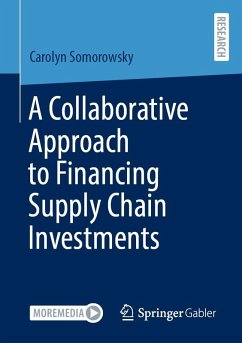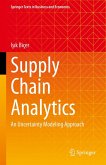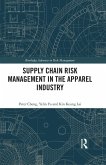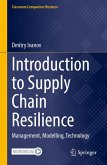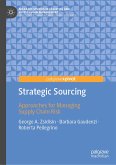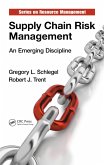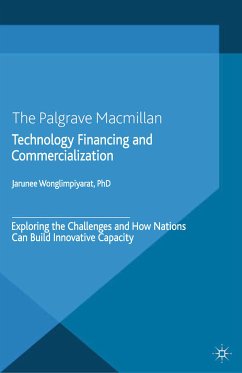Competitive advantage is not achieved by a single company, but rather by the entire supply chain, with a focus on improving the flow of information, finance and goods. Improving these flows requires strategic investments relevant to the supply chain that are often long-term, capital-intensive, relationship-specific, and therefore risky. The past financial or COVID-19 crisis has made banks more risk averse, making it more expensive for supply chain members to finance risky investments or even more difficult to raise funds from external financial institutions. Supply chain finance is a young discipline that focuses on improving financial flows through a collaborative approach. Since most strategic investments are made by suppliers facing financial constraints, there is a high likelihood that supply chain disruptions will occur because the financing party becomes insolvent, or the investments do not materialize. To encourage strategic investments and avoid supply chain disruptions, a model is developed in which supply chain members leverage their financial and operational capabilities to realize these investments and share costs, risks, and benefits according to their contribution. The proposed model is based on a structured coalition game with transferable utility that determines the supply chain members best able to finance the investments without compromising supply chain stability.
About the author:
Dr. Carolyn Somorowsky received her doctorate under the supervision of Prof. Dr. Dr. h.c. Hans-Dietrich Haasis at the Chair of Maritime Business and Logistics at the University of Bremen. She currently works as a process and IT consultant, particularly in the areas of supply chain management.
About the author:
Dr. Carolyn Somorowsky received her doctorate under the supervision of Prof. Dr. Dr. h.c. Hans-Dietrich Haasis at the Chair of Maritime Business and Logistics at the University of Bremen. She currently works as a process and IT consultant, particularly in the areas of supply chain management.
Dieser Download kann aus rechtlichen Gründen nur mit Rechnungsadresse in A, B, BG, CY, CZ, D, DK, EW, E, FIN, F, GR, HR, H, IRL, I, LT, L, LR, M, NL, PL, P, R, S, SLO, SK ausgeliefert werden.

